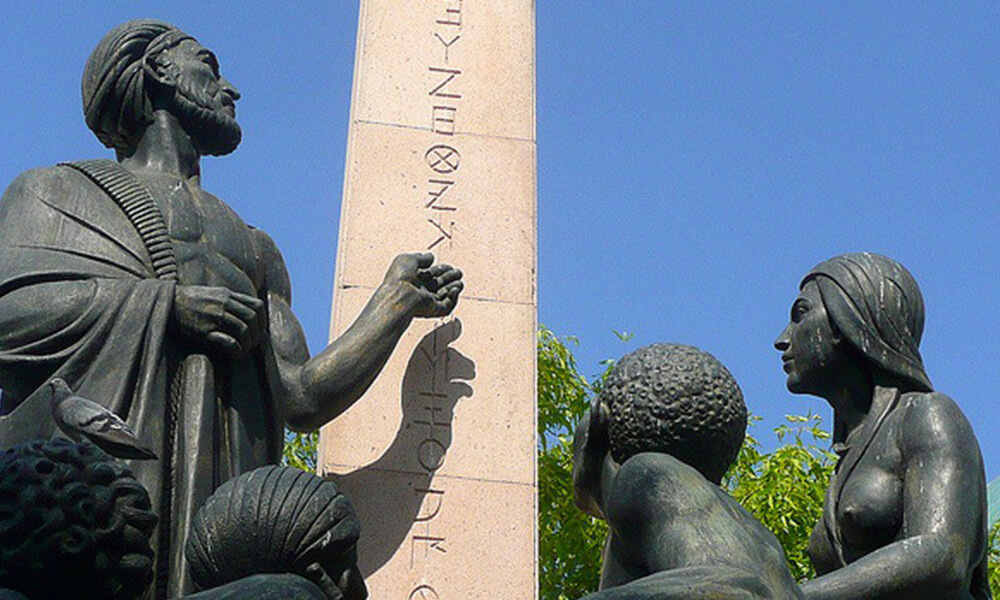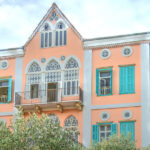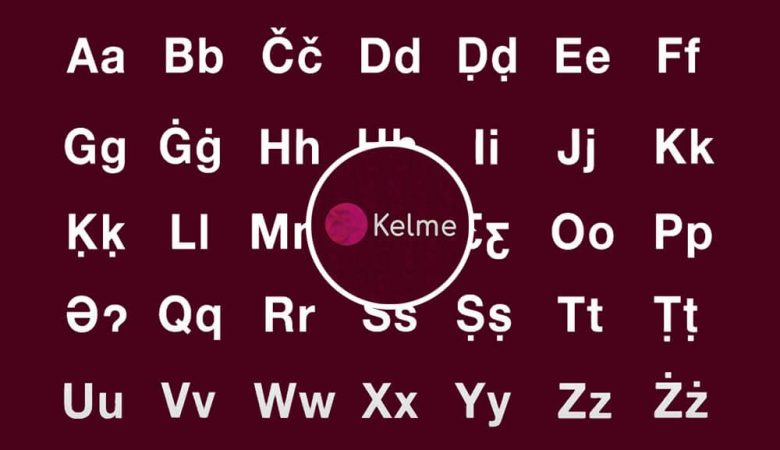In honor of education and to celebrate the creating of the alphabet, Mexico built Al Maestro Monumento, a beautiful inspiring monument that represents Prince Cadmus and his sister Europa surrounded by students eager to learn the Phoenician alphabet.
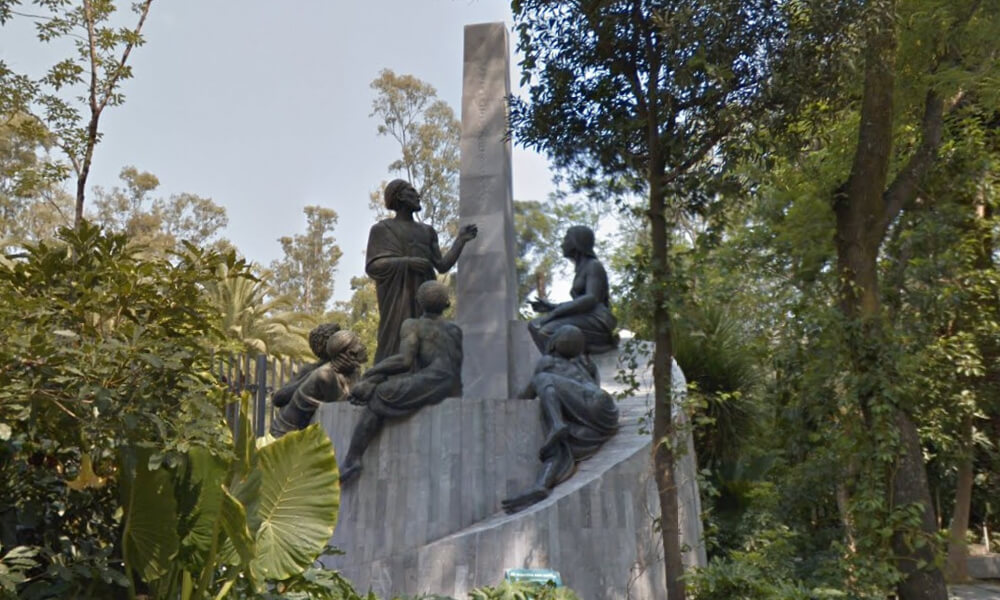
Before we tackle the story of Prince Cadmus, we must mention that Lebanese share over 90% of their ancestry with old inhabitants of Saida. Thus, Lebanese are definitely the descendants of the ancient Canaanites, also known as Phoenicians. On the back of the monument, we can see a boat, a symbol of phoenicians.
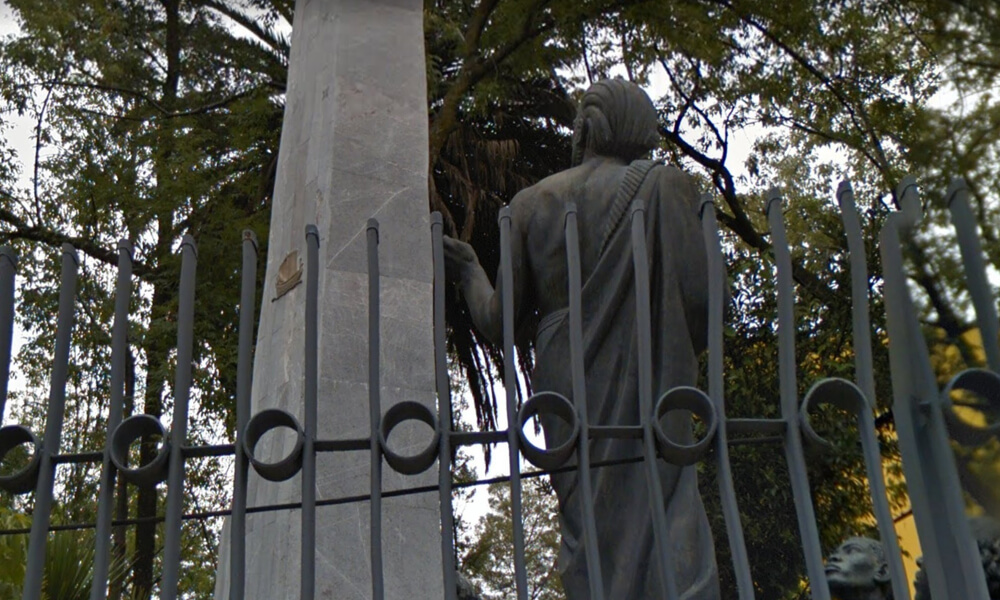
Cadmus was indeed the son of the Phoenician King Agenor and Queen Telephassa of Tyre. He is known as the legendary educator who traveled from Phoenicia (today’s Lebanon) to Greece to look for his sister Europa. While looking for her, he spread the alphabet knowledge.
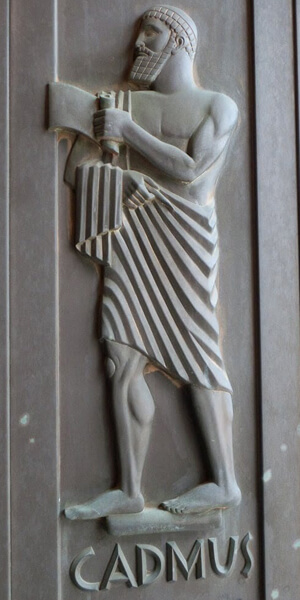
The AL Maestro (Master) monument is located at the Papalote Museo del Nino (the Papalote Children’s Museum) in Mexico City and depicts Cadmus teaching the alphabet to greek students. This one-of-a-kind monument gives tribute to the Phoenicians as the masters of education.
To further celebrate lebanese-mexican relations, Mexico released a stamp featuring Al Maestro Monumento Stamp in 1975. The
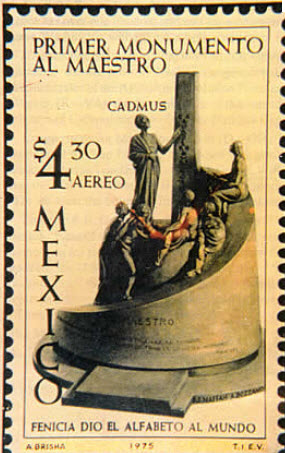
It’s true that Phoenicians were excellent shipbuilders and sailors and that they’ve reached multiple lands through the sea. It is said that Phoenicians arrived in America way before Christopher Columbus as our Lebanese ancestors’ relics (as old as 2500 years) were found in Quebec, Canada!
Did you like this post? Read more here!


